Wolf
Wolves are members of the family Canidae. Early taxonomists
recognized about 24 New World and eight Old World subspecies
of Canis lupus, with four subspecies thought to
occur in Alaska. Recent studies of skull characteristics, body
size, and color suggest that differences are slight with
considerable overlap in the characteristics of wolves from
various areas. Only two Alaska subspecies are now recognized.
Wolves in Southeast Alaska tend to be darker and somewhat
smaller than those in northern parts of the state. The pelt
color of Alaska wolves ranges from black to nearly white, with
every shade of gray and tan in between. Gray or black wolves
are most common, and the relative abundance of each color
phase varies over time and from place to place.
Most adult male wolves in Interior Alaska weigh from 85 to 115 pounds (38.6-52.3), but they occasionally reach 145 pounds (65.3 kg). Females average 10 to 15 pounds (2-5 kg) lighter than males and rarely weigh more than 110 pounds (50 kg). Wolves reach adult size by about 1 year of age.
Most adult male wolves in Interior Alaska weigh from 85 to 115 pounds (38.6-52.3), but they occasionally reach 145 pounds (65.3 kg). Females average 10 to 15 pounds (2-5 kg) lighter than males and rarely weigh more than 110 pounds (50 kg). Wolves reach adult size by about 1 year of age.

.jpg)




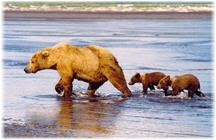












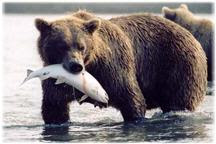
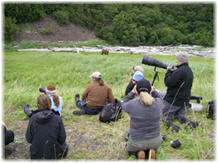




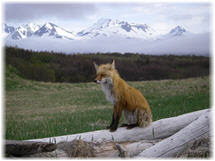

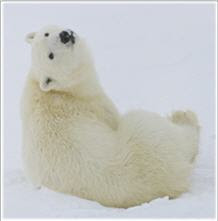







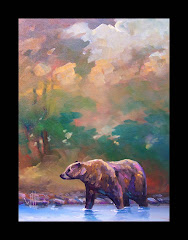





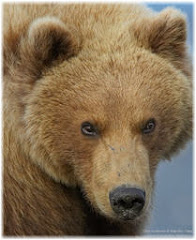




No comments:
Post a Comment